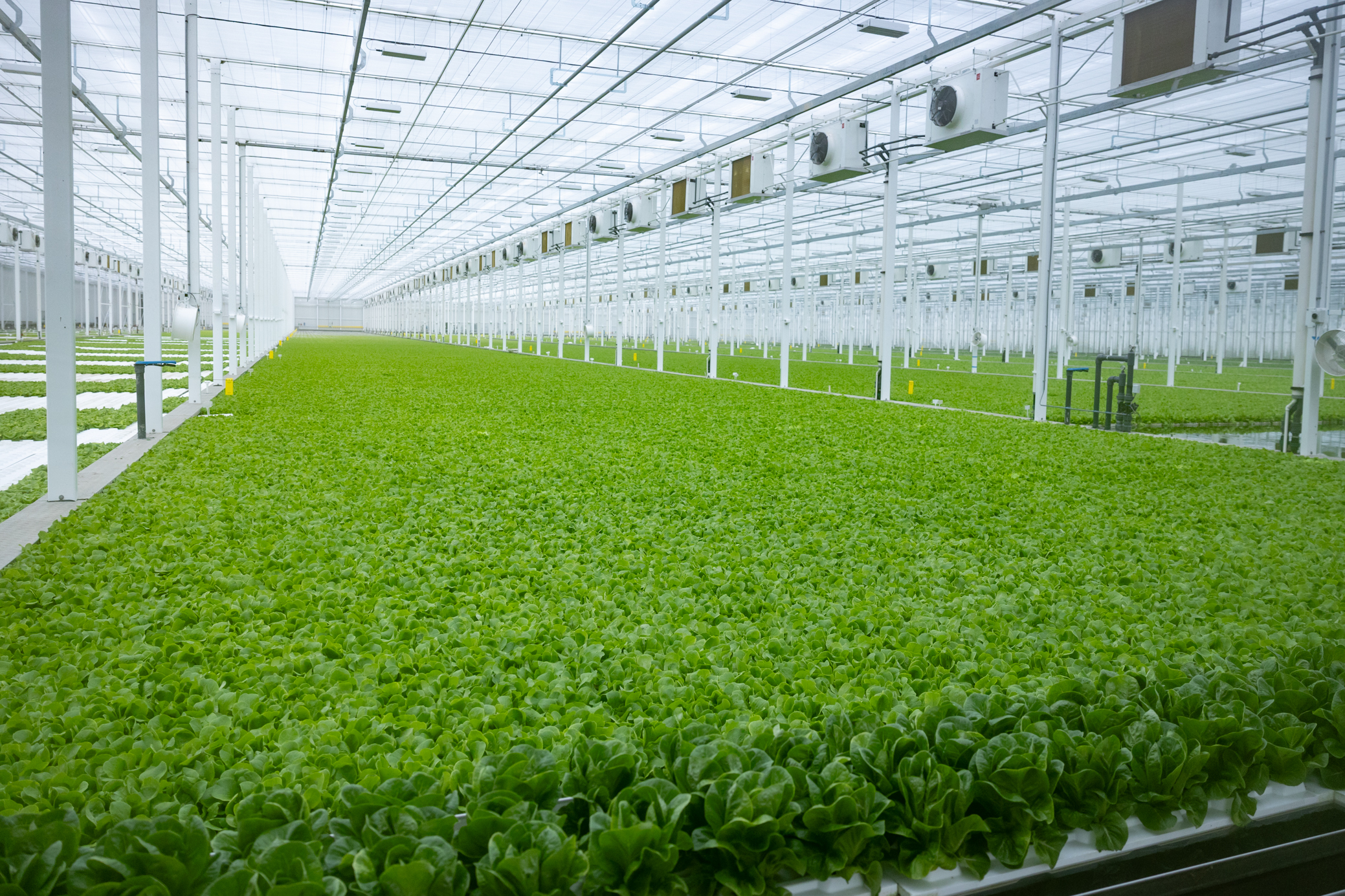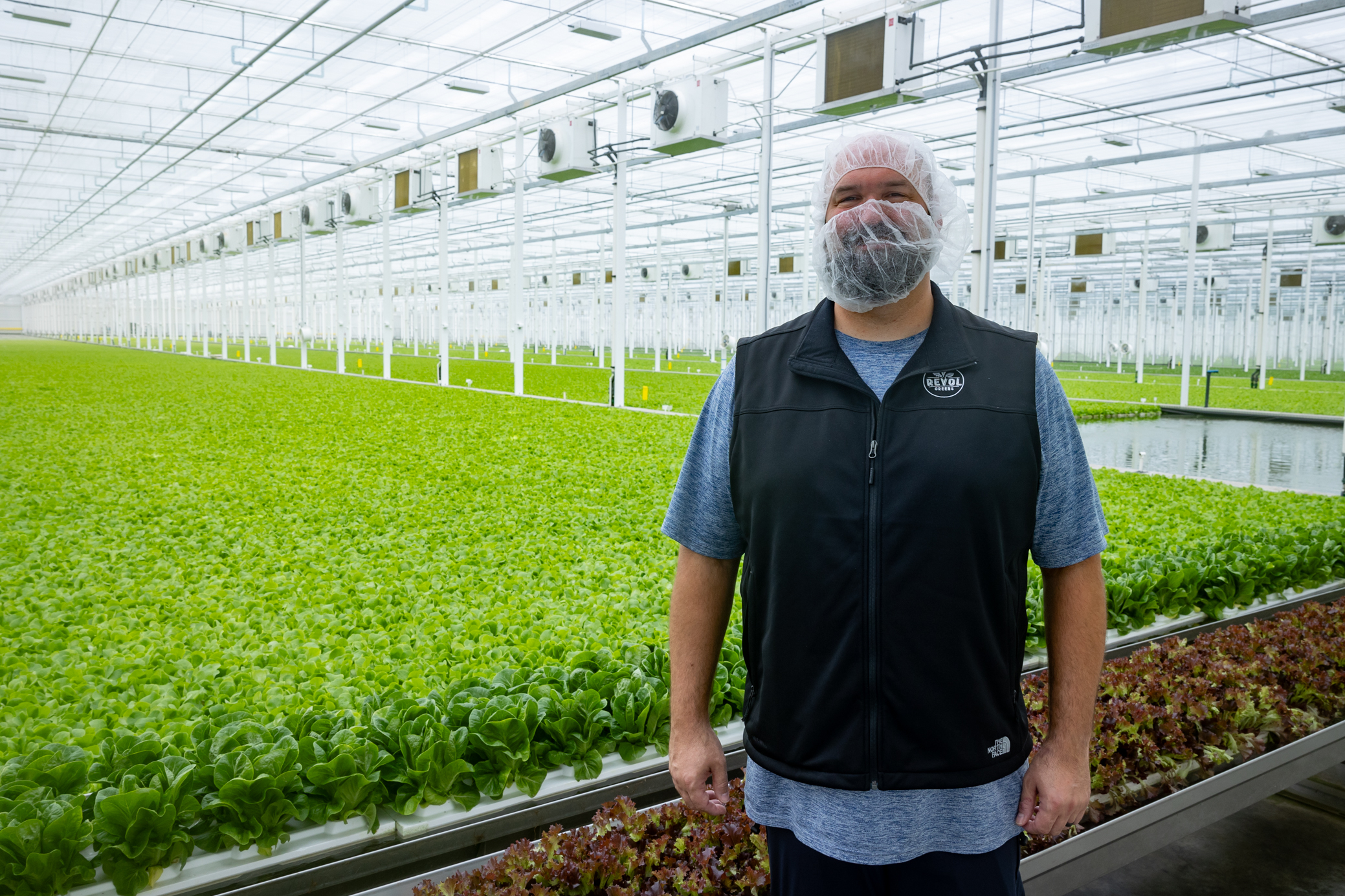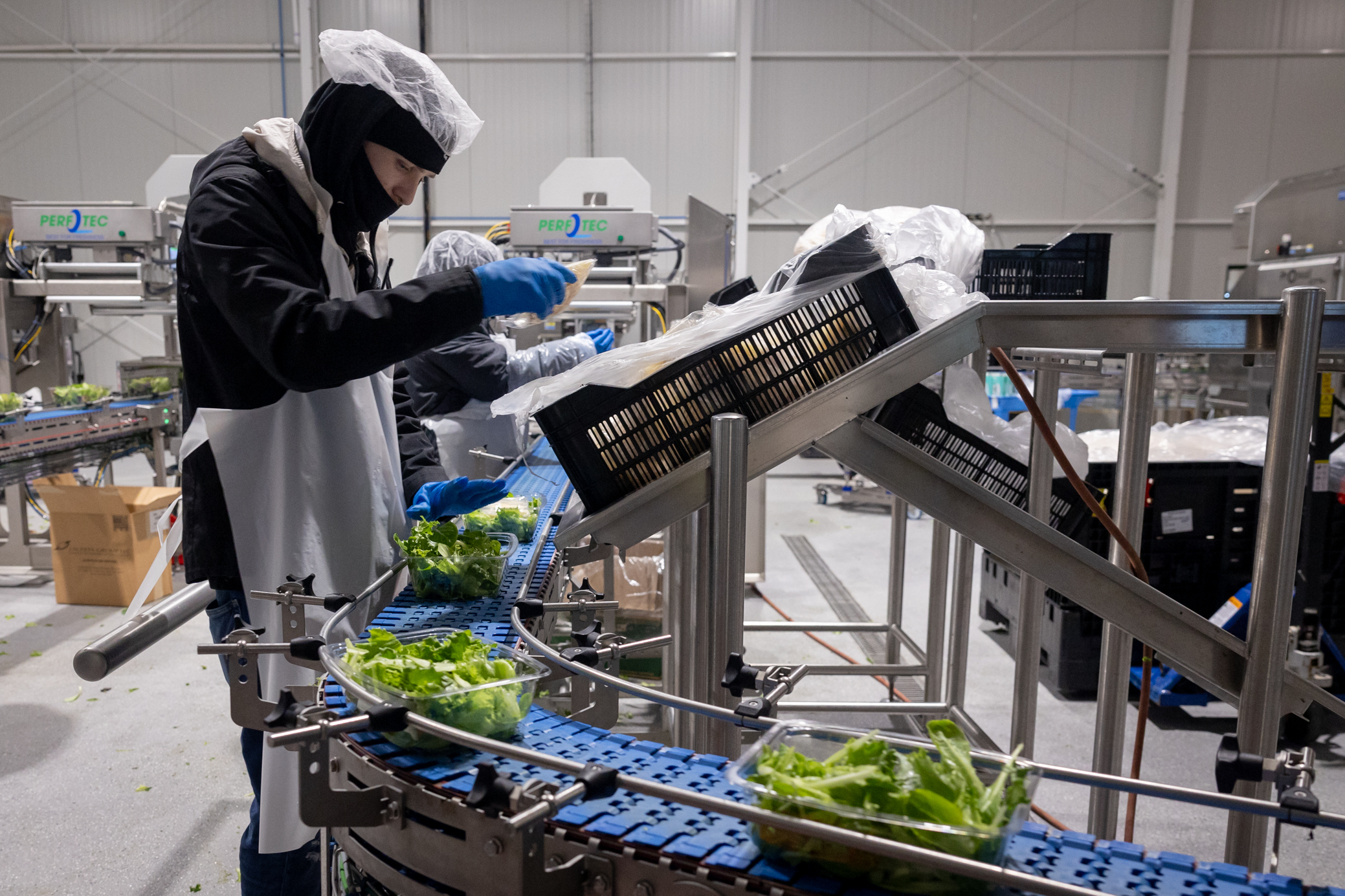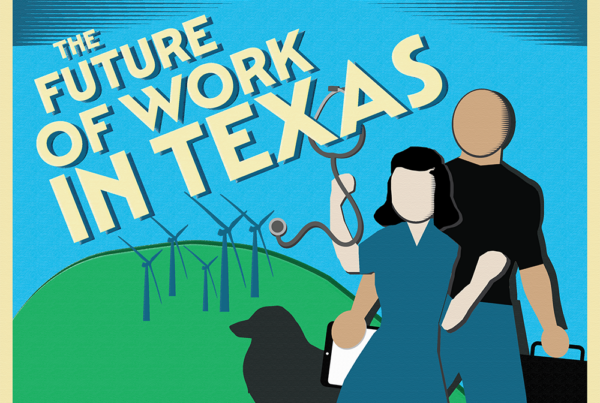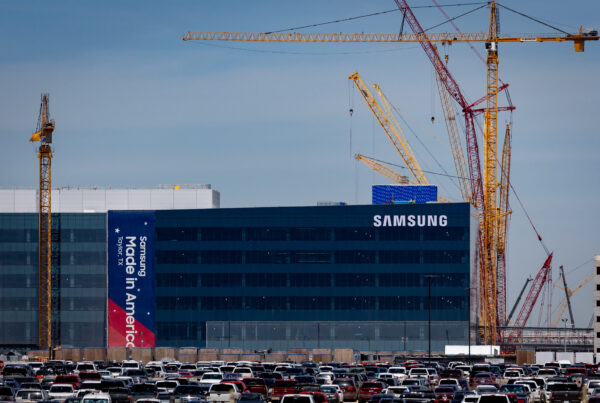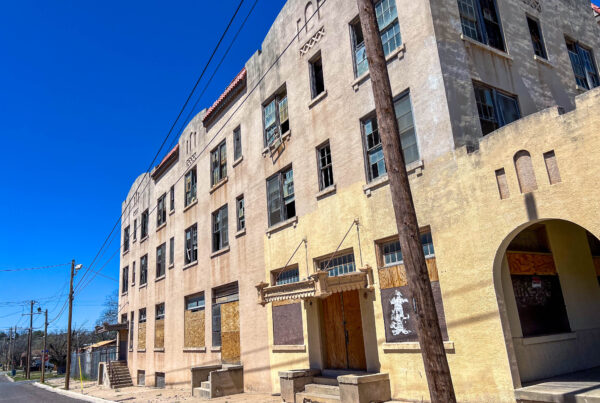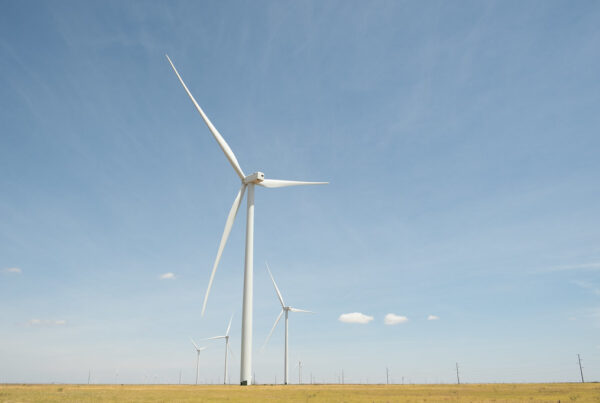Texas’ population is growing, but the number of people working to grow our food is shrinking.
This is part of a national trend. In the 1950s, about 10% of the American labor force did some kind of agricultural work. Today, it’s less than 1%.
There have been technological advances in the last 70 years that mean, in some parts of farming, fewer workers are needed than used to. But there are also widespread labor shortages in the agricultural sector, and experts say if the causes behind these shortages aren’t addressed, they will continue to get worse.
On Sapling Farms in southern Cooke County, not far from Denton, there is a “help wanted” sign hanging on the front gate.
This is a small working farm that sells directly to consumers and to some wholesalers, as well as at farmers markets. Selvi Palaniswamy runs the farm with her daughter, Davika.
In addition to several acres of vegetables and herbs, they now also raise cattle, chickens, and ducks. They’ve got beehives and a hydroponic system in a storage container.
Palaniswamy said she would love to expand her operation, which she started in 2018, but it’s hard to find enough helping hands. They have a couple of paid workers and some volunteers who help when it’s time to harvest. But it’s hard work. Sometimes, a new worker will show up for a day or two and then not come back.

Selvi Palaniswamy enjoying a moment on the farm with her dog. Courtesy of Sapling Farms
“That can be challenging cuz like time is so valuable,” Palaniswamy said. “And since we’re like a small market garden, sometimes it’s a lot to train someone and have them not show up after that.”
This problem isn’t unique to Sapling Farms. Farmers and ranchers have faced a persistent labor shortage for years. Through most of the twentieth century, as the number of Americans working on farms decreased, workers from Mexico increased. But in the twenty-first century, that’s changing too.
Diane Charlton, an associate professor at Montana State University who studies where farm workers come from, has tracked this decrease.
“We found that the probability that individuals from rural Mexico were working in agriculture was decreasing by about one percent per year from 1980 to 2010,” she said.
One percent doesn’t sound like a lot, but that’s about 250,000 people a year.
There are a number of reasons for this. Mexico is industrializing, and there’s increasing access to higher education there, so fewer people are going into farm work. At the same time, the Mexican immigrants who’ve traditionally worked on American farms are getting older.
» Texas Standard special report: The Future of Work in Texas
Steve Hubbard, with the American Immigration Council, says to fill the gaps, more farmers are applying to bring in temporary workers through programs like the H-2A visa. It allows foreign workers to do a job on a specific farm before returning home.
“Nationally the demand for H-2A workers has increased from 225,000 in 2017 to over 370,000 in 2022. So that’s a 65% increase in demand. That’s across the country,” he said. ““If we look at Texas in particular, that number has tripled. … We see that demand also in the number of counties that are requesting workers internationally, that the number of counties increased.”
Experts, including Amy Liebman with the Migrant Clinicians Network, say there’s another reason people aren’t going into farm work: it’s getting hotter.
“Workers are just going to suffer significantly if there are not some immediate protections put in place to address the work in these hotter temperatures,” she said. “We’re experiencing these higher heat days, higher number of heat days.”
Palaniswamy also stressed that the heat was a big hurdle to finding workers. But another Texas farm is not having any problems finding workers – most of what they do is indoors.



